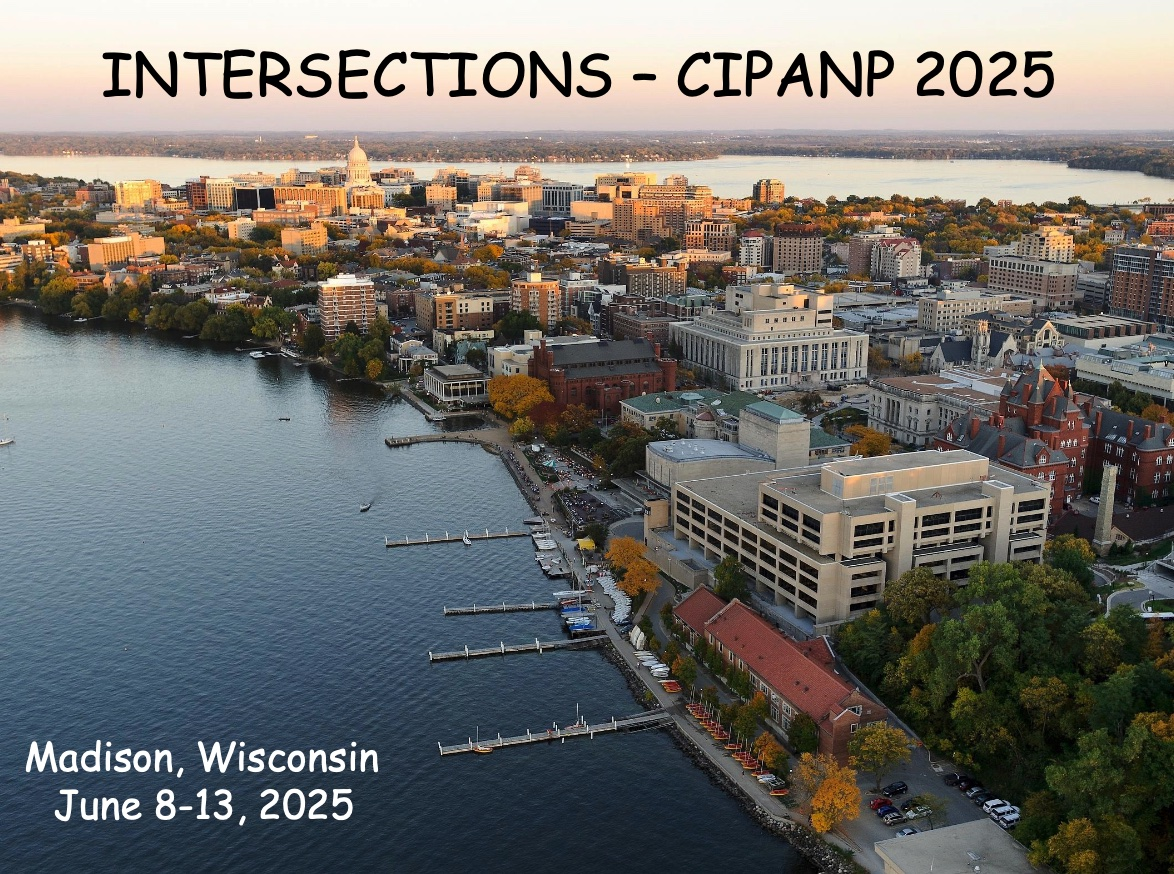Speaker
Description
The baryon asymmetry of the universe (BAU) is not sufficiently explained by the Standard Model requiring Beyond Standard Model (BSM) extensions to account for the discrepancy between the observed and predicted BAU. New sources of combined charge-parity (CP) symmetry violation are required to account for this discrepancy. Permanent electric dipole moments (EDMs) and nuclear Schiff moments (NSMs) are a time-reversal violating signature that, by the CPT theorem, could be used to directly search for CP-violating BSM physics. For hadronic systems, pear-shaped nuclei have enhanced sensitivity and it can be further improved if implemented in a polar molecule [1,2].
We aim to use rare pear-shaped nuclei to form polar molecules and embed them in a noble gas matrix, using the FRIB-EDM3 instrument [3, 4]. This contribution will focus on how we plan to form these molecules using electrospray ionization, which can produce molecular ions from an aqueous precursor. We previously built and tested an atmospheric electrospray source which had limited efficiency due to losses at the interface between atmosphere and vacuum. Our experience operating this source has led us to a revised design where the electrospray will be operated at medium vacuum with lower flow rates. These kinds of changes have been implemented in the literature and could allow for molecular beam formation efficiencies as high as 50% [5] in contrast to typical neutral molecular beam formation efficiencies of ~1%. We plan to assemble a new electrospray source using this revised design and quantify the efficiency with which we can form a molecular beam. We believe this technique will allow us to efficiently form radioactive molecules from the limited samples of short-lived isotopes that we’re interested in using, such as radium-225.
FUNDING ACKNOWLEDGEMENTS
This work is supported by the U.S. Department of Energy, Office of Science, Office of Nuclear Physics under Award Number DE-SC0023633, DE-SC0019015, and DE-SC0025679.
This work is supported by the U.S. Department of Energy, Office of Science, Office of High Energy Physics under Award Number DE-SC0022299
REFERENCES
- G. Arrowsmith-Kron et al, Opportunities for fundamental physics research with radioactive molecules, arXiv:2302.02165 [nucl-ex].
- N. Auerbach, V. V. Flambaum, and V. Spevak, Collective t- and p-odd electromagnetic moments in nuclei with octupole deformations, Phys. Rev. Lett. 76, 4316 (1996).
- A. C. Vutha, M. Horbatsch, and E. A. Hessels, Phys. Rev. A 98, 032513 (2018).
- J. Ballof et al, Progress towards the frib-edm3-frontend: A tool to provide radioactive molecules from isotope harvesting for fundamental symmetry studies, Nuclear Instruments and Methods in Physics Research Section B Beam Interactions with Materials and Atoms 541, 224 (2023).
- Ioan Marginean, Jason S. Page, Aleksey V. Tolmachev, Keqi Tang, and Richard D. Smith. Achieving 50% Ionization Efficiency in Subambient Pressure Ionization with Nanoelectrospray. Analytical Chemistry, 82:9344–9349, 2010. doi: 10.1021/ac1019123.

